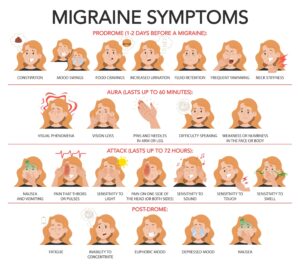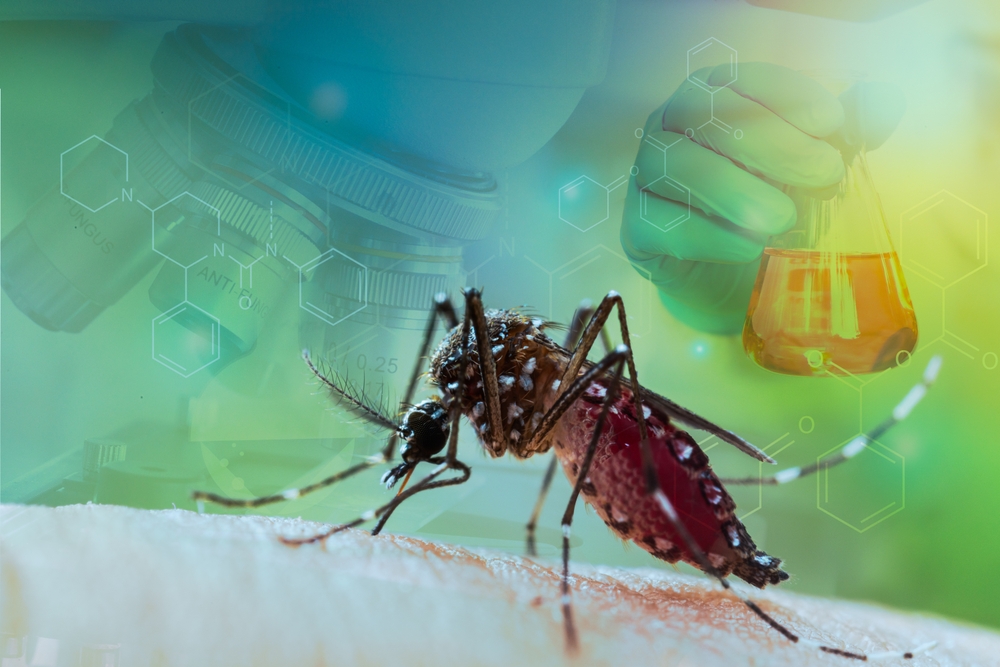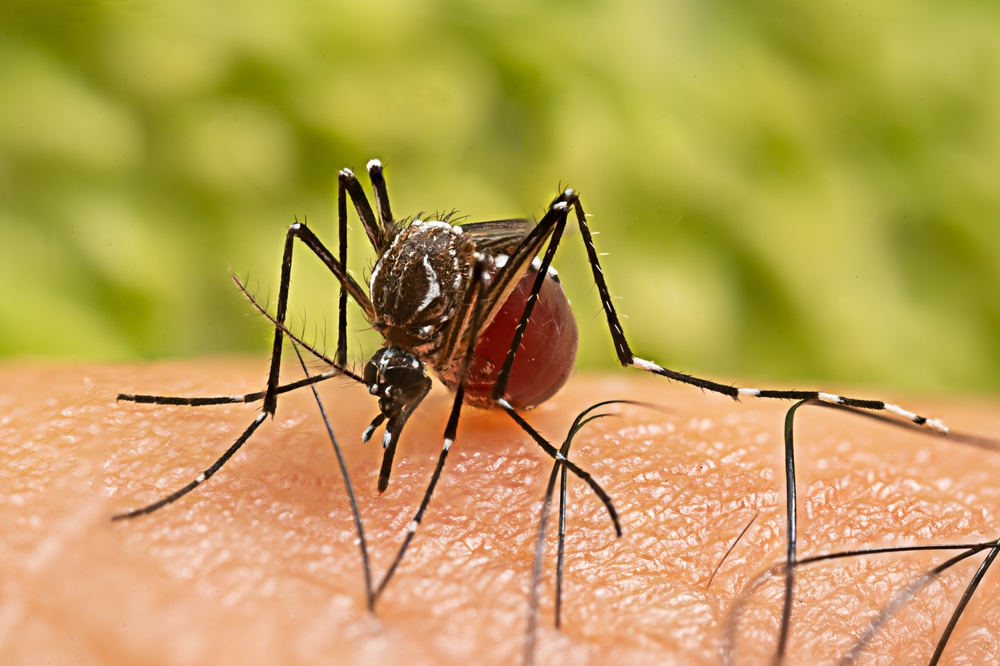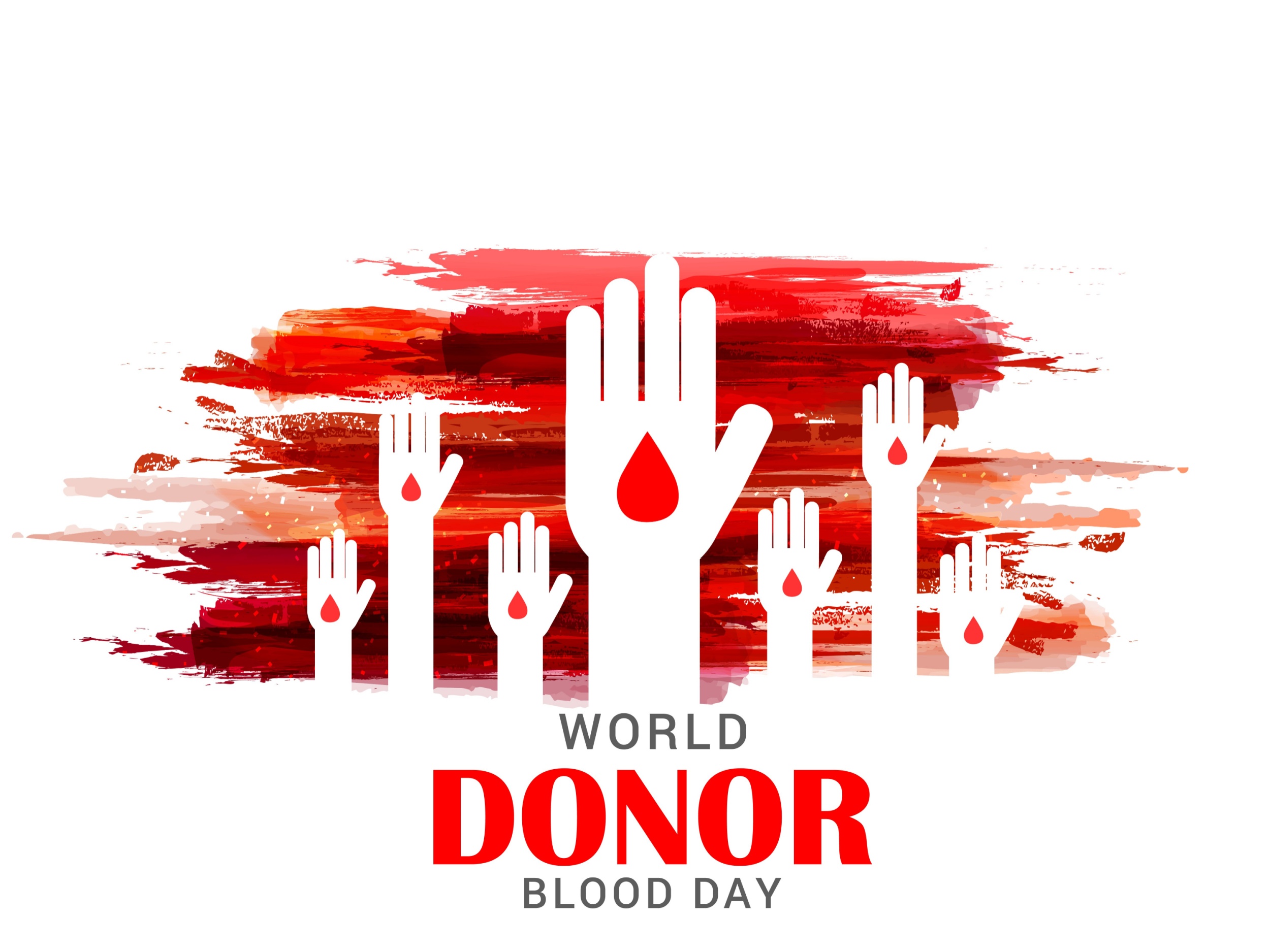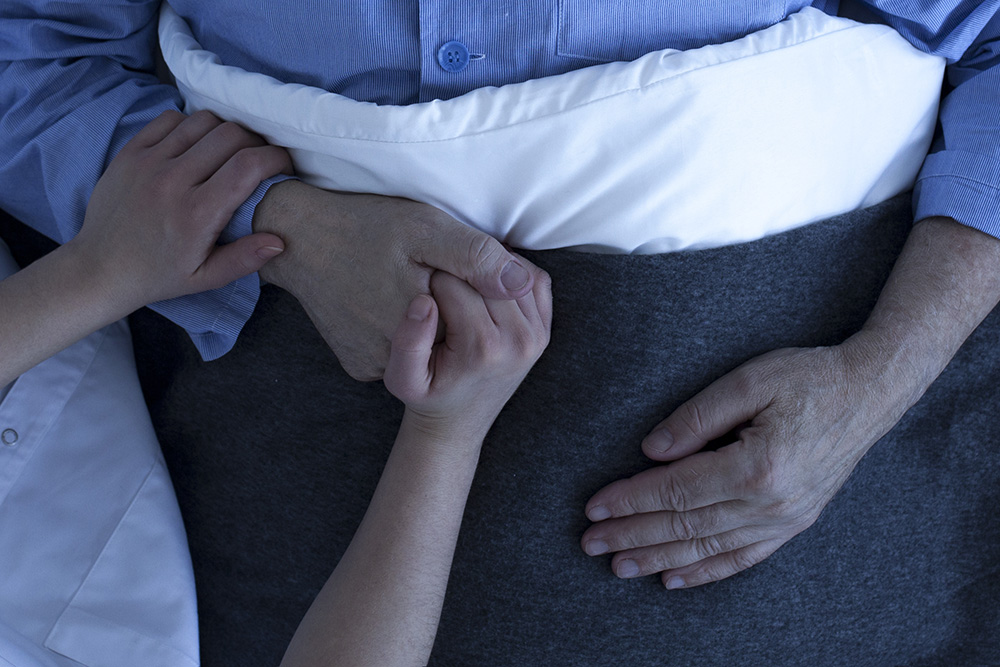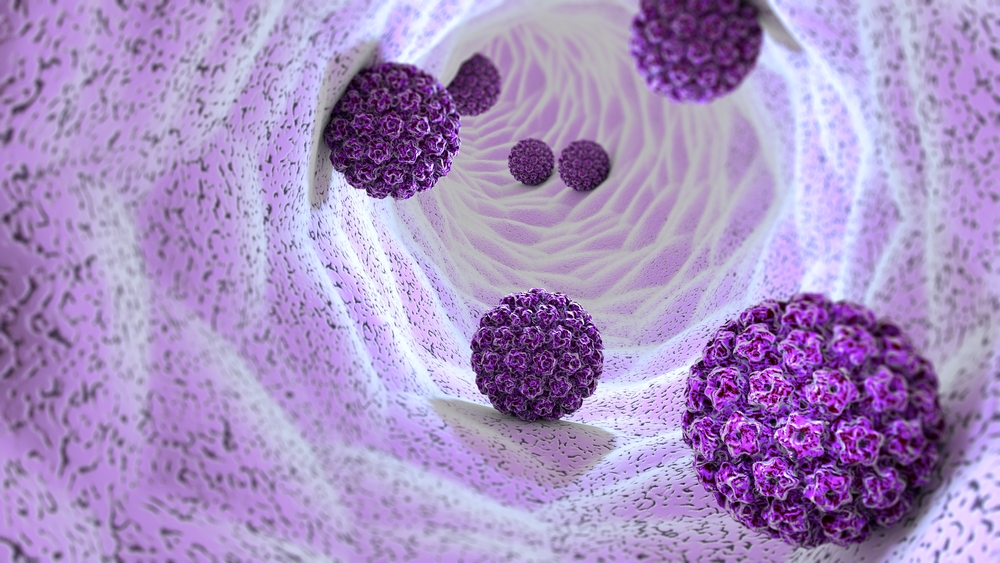WORDS LIM TECK CHOON
 FEATURED EXPERT FEATURED EXPERTDR JULIA SHAHNAZ MERICAN Consultant Neurologist Prince Court Medical Centre |
DR JULIA SHAHNAZ BOILS DOWN MIGRAINE INTO 6 SIMPLE-TO-UNDERSTAND POINTS
- It causes moderate to severe throbbing headaches that between 4 and 72 hours. These headaches can affect the back of the head and neck or around the eyes.
- It is frequently accompanied by symptoms such as nausea, vomiting, dizziness, sensitivity to light (photophobia), and/or sensitivity to loud noise (phonophobia).
- The headache is typically made worse by movement or activity. Most people with migraine tend to avoid routine physical activities because of this.
A summary of migraine symptoms. Click on the image for a larger, clearer version.
- Many people that develop migraine have family members that also have migraine; family history is one of the main risk factors of this condition.
- Women are more susceptible than men.
- Sometimes, children as young as 5 may begin having recurrent abdominal pain called abdominal migraine, only to start to experience typical migraine headaches at puberty or early adulthood.
DO YOU HAVE MIGRAINE?
Dr Julia offers three questions. If you answer “YES” to at least 2 of these questions, there is a chance that you have migraine and should consult a doctor.
- Has a headache limited your activities for a day or more in the last 3 months?
- Are you nauseated or sick to your stomach when you have a headache?
- Does light bother you when you have a headache?
The medical specialist that can help treat migraine is the neurologist.
KEEP A HEADACHE DIARY
Dr Julia recommends keeping a headache diary.
The diary can be a physical journal, a monthly calendar, or one of many smartphone apps available.
Record the following:
- The number of monthly migraine days—the most important information for a doctor to advise on treatment strategies.
- Days when headache medications are taken—helps to spot whether your headaches may also be caused by overuse of medications (‘medication overuse headaches’).
WHAT’S NEW IN MIGRAINE TREATMENT?
Dr Julia reveals that researchers have found that during a migraine, the brain is flooded by various chemicals released by nerves and blood vessels, including calcitonin gene-related peptide antibodies (CGRP).
Thus, some of the most recent treatments target the production of CGRP in order to reduce both the frequency and intensity of migraine attacks significantly.


